This post marks my third year participating in the Annual Lenten Carbon Fast. In past years we’ve focused on recycling and other ways to reduce packaging waste. This year we’re going to focus on the issue of food waste in our kitchens so we can better maintain our food inventory and stop throwing money away!
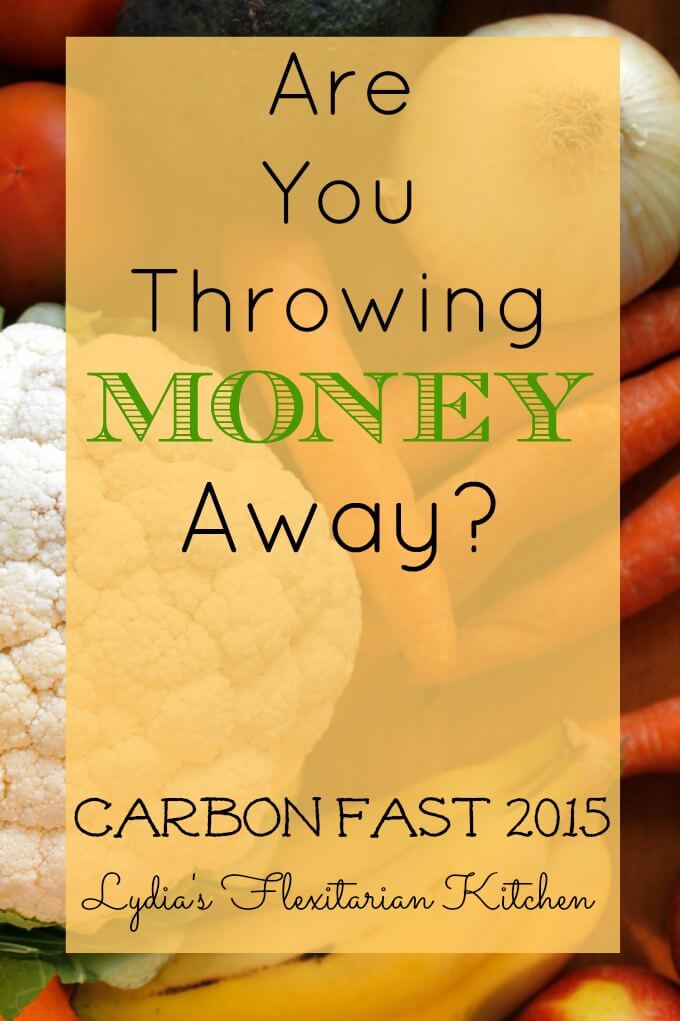
As you read the upcoming series of posts, keep in mind that Rick and I are retired and have no children living with us. We have a small kitchen with limited pantry space and an apartment sized refrigerator. We live within walking distance of several groceries, markets, butchers, fish shops and bakeries. It’s very easy for us to eat fresh food and we’re thankfully in a position where we can afford to make quality purchases and eat out frequently. Your situation will be different, of course, but I hope you’ll be to apply what you find to your own unique situation.
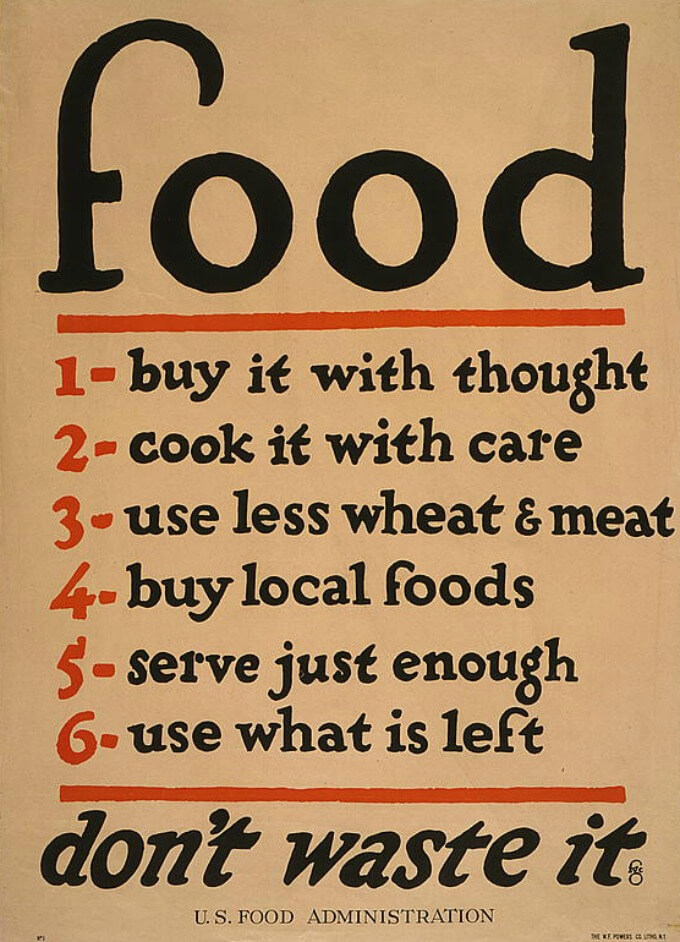
Image in Public Domain (click to go to Library of Congress)
This poster is dated from the First World War; almost 100 years ago. Food distribution was very different back then. People grew and preserved much of their own food as refrigeration was limited. Even city dwellers may have kept a few chickens or a backyard garden. Much of the commercially grown food like wheat and meat was earmarked to help feed our allies the French and Italians as well as the troops. Supplies of staple items like sugar and flour were limited. It was considered a duty to make do with what you had on hand and using leftovers in innovative ways was considered the mark of a good chef.
How does this apply to today? On average a household in the English speaking world wastes between 200 and 240 POUNDS of food a year. That figure includes scraps, peels, bones, etc.; the expected stuff. It also includes food that is prepared but untouched, uneaten, never opened and spoiled.
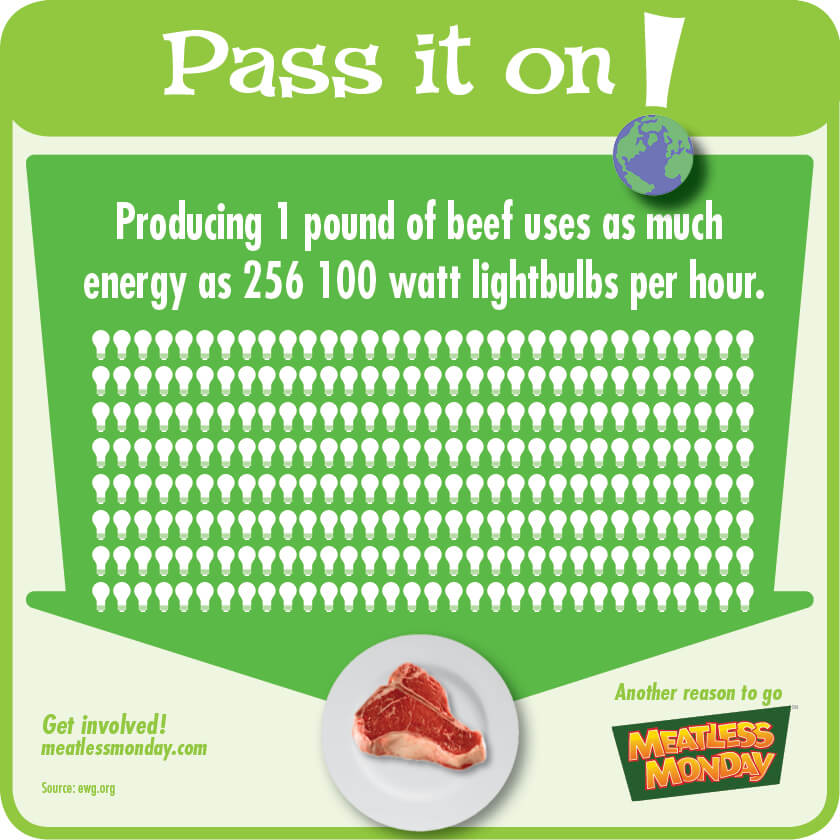
It’s estimated that up to 40% of all food produced is never eaten and that food scraps account for one fifth of landfill space.
There’s a lot of food waste during the production cycle. It costs consumers a bunch of money every year plus the resources used to produce the food (water, fuel, feed, etc) are also wasted. The above graphic shows how much energy was needed to produce the pound of steak that was discarded because it was freezer burnt. We could, if we had the national will, ensure every homeless person in the US is fed plus have money left over to help house them just by recovering the cost of a fraction of the food we waste and redirecting it.
Americans voluntarily reduced food consumption by 15% through public awareness programs like Meatless Mondays and Wheatless Wednesdays during the First World War. Reducing food waste is a stewardship issue, one that benefits our households in an immediate way and benefits our fellow human beings in other ways. Over the next several weeks during Lent, we’ll be exploring action steps we can take using the vintage poster above as our guide.

Here are some sources used for this article. You may find them interesting (and disturbing):
- Food Waste Costs Americans $165 Billion Annually
- 21 Shocking Food Waste Facts and Statistics
- United Nations Environment Programme Food Waste Facts
- Food Waste (Wikipedia)
- World War One: United States Food Administration
- Feeding America Hunger and Poverty Fact Sheet
- US Food Administration Posters (also click through to the Library of Congress for more)

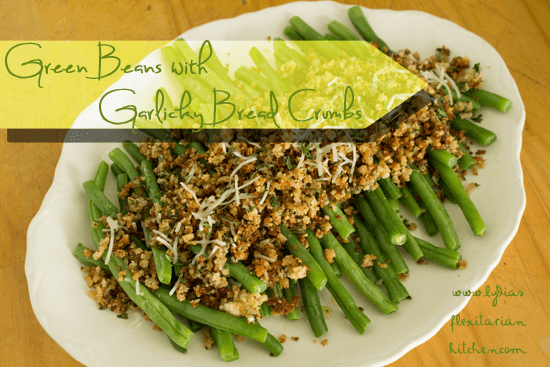
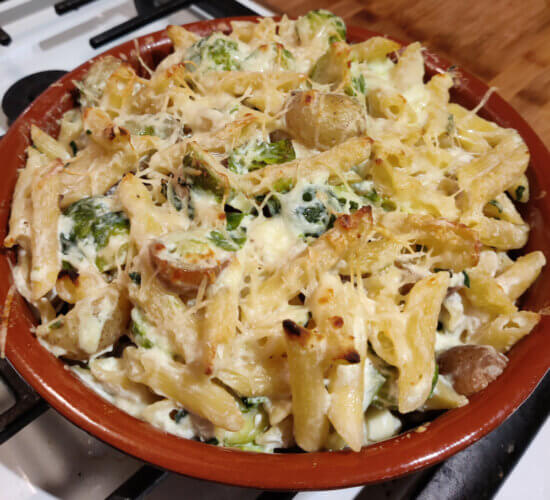
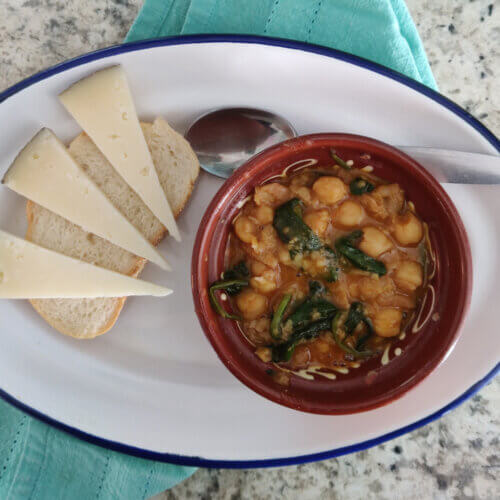
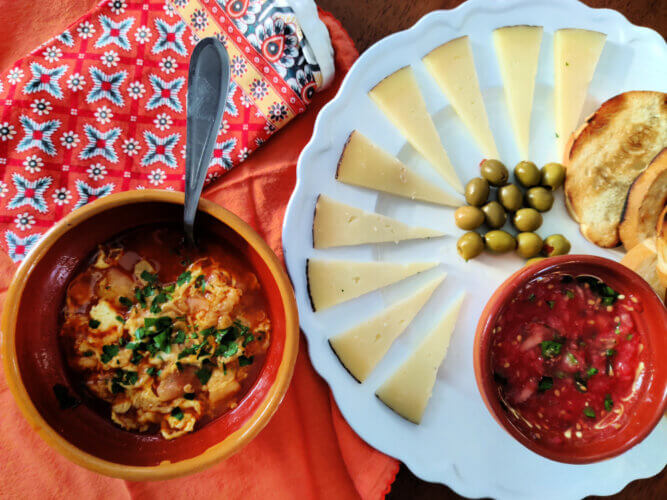

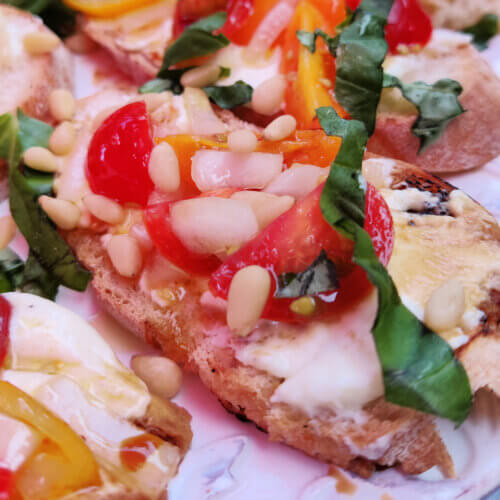
I yearn for the simpler days when people were grateful for what they had and didn’t waste food and resources like we do today. We are slowly but surely moving in that direction, thanks to projects and blogs like this. Thank you for posting!
Thanks for the kind words! Have a great day 🙂
That poster is fantastic! Hard to believe it is almost 100 years old – the advice is as good today as it was during WWI.
Isn’t it great? If you click through to the Library of Congress site you’ll find a few more.
This is an awesome idea! I am a vegan for environmental, animal welfare and health reasons and I wish everyone would at least commit to one meatless day a week for the same reasons – we really CAN make a difference! Thanks so much for sharing this project.
Thank you, Jen. I really appreciate your comment. It’s nice to know others care, too.